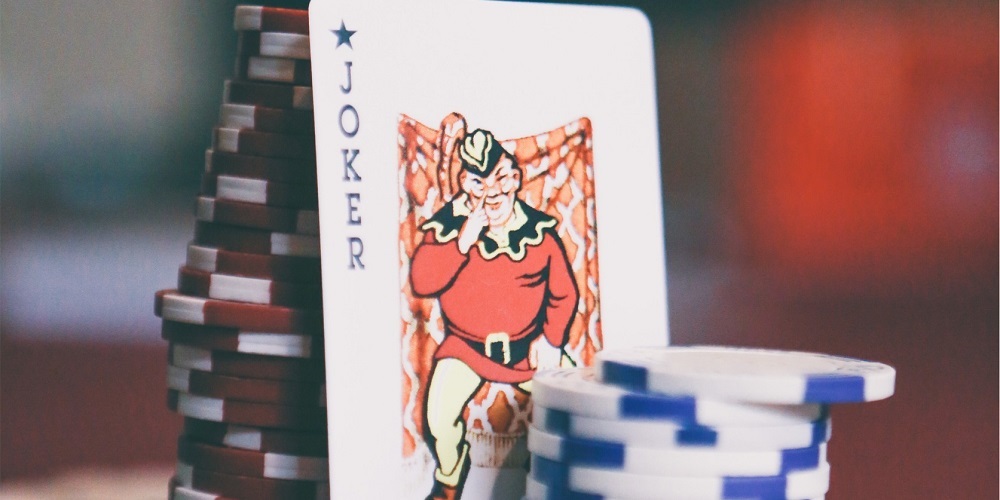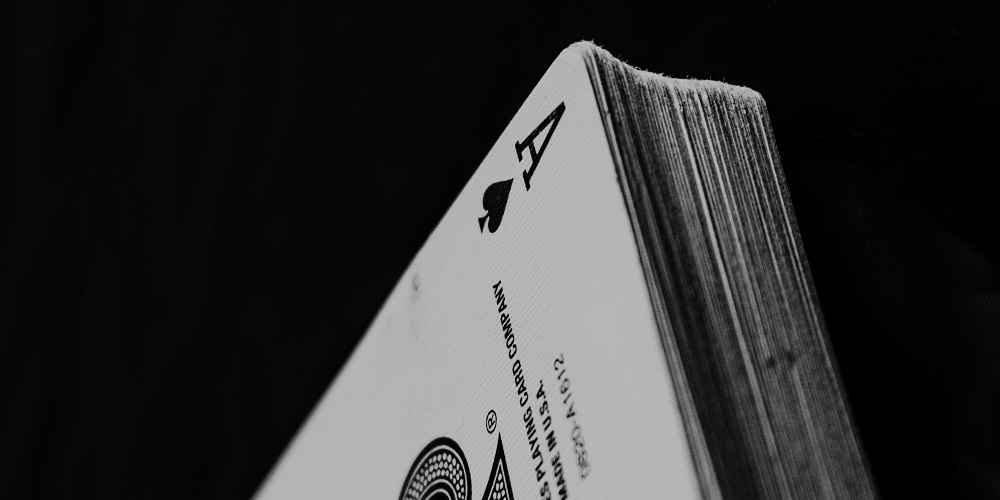ITM stands for “In The Money”, an expression used in poker to determine what percentage of times the player ends up in the prizes. It is a mere statistical indicator that allows the player to gather information about his game, because in poker it’s not just about tying hands, but about trying to get the biggest prize possible. Turning your cards into a strong enough hand to end up in the prizes is the ultimate goal of the game, and this data is representative of the times that it is achieved.
What is ITM in poker

The ITM in poker is a data that by itself is anecdotal, but in the context of a thorough study of the game and the style of dealing with critical situations of the game acquires a special importance. By combining the ITM in poker with the winrate, it is possible to know not only what the winning ratio is, but also how many times the hand you have played has been converted into prizes.
In what kind of games is the ITM more important? Mainly in SNGs. Sit and go tournaments do not give rewards in all positions, and many players will leave the competition without winning a single euro. A player’s ITM represents just that, the times he or she has managed to finish in the money positions, or “in the money positions”.
Every time a player makes In The Money, he makes a profit. Why? Because the minimum stipulated prize is always higher than the buy-in, so, even if it is small, the benefit is there. You won’t get paid, which is what it’s all about.
The ITM can also be used to know the statistics of the opponents. Facing a player who has a high ITM can give us valuable information about how he faces the game, and how many times he manages to transform his cards into a hand that will take him to the prize positions.
ITM in online poker: everything you need to know

The ITM in online poker is especially important, because in the online side of the game players assume that they will have less data to draw on in order to get a feel for the players. And in SNG poker games, where there can also be multipliers and the speed is higher, managing the ITM is important, both yours and your opponents’.
It will be one of the few data you can have about a player, which can make you think about how you can make your cards push his ITM down and make yours go up. But this doesn’t happen all at once: the accumulation of good results is what makes ITM grow.
For almost any player, reaching ITM is the priority goal when they sign up for a tournament. Because, once you reach the ITM in poker, the objective changes and it’s just a matter of staying there.
Staying ITM can allow you to reach the final table, which is the goal of all those who have signed up for the tournament. Here, the rewards are greater, and getting into the top 3 entitles you to much more succulent prizes. Once in the top 3, the mission is to beat the last opponent in the heads up, which would leave you in first position.
This is the dream of almost every poker player, but few have managed to reach the first position and win the coveted bracelet. Poker legends such as Daniel Negreanu, Phil Hellmuth, Doyle Brunson or Chris Ferguson are just some of the big names who know the taste of winning a tournament.
ITM in poker and the bubble in a tournament

The bubble is the previous phase of the tournament to the entry into the money, that is to say, when you are on the edge of entering ITM or stay out of these positions that entitle you to a reward. It is when the bubble bursts that the ITM positions are decided.
What happens in the bubble? The game takes on a marked slowplay tinge because everyone wants to make sure they get in on the prizes. Something that, however, diminishes the spectacle and that tournament organizers try to avoid with hand-for-hand modes.
In these phases, a hand is dealt simultaneously at each table, and a new hand is not dealt again until all the remaining hands have been dealt. This makes prolonging the play pointless, slowing down the slowplay.
What happens in case two or more players fall on the same hand? That the positions are dealt in accordance with the chips they had at the beginning of the hand, so that there is no possible dispute.
Sharks usually take advantage of this bubble phase to grab as many chips as possible. Their trump card is to take advantage of the other players’ fear of being left out. It is a moment when shark players give themselves away, but also those who desperately seek to enter ITM.

